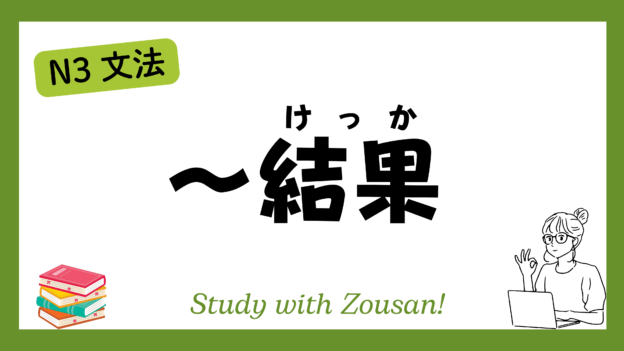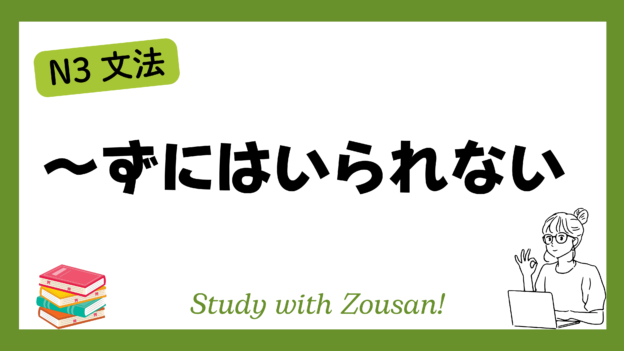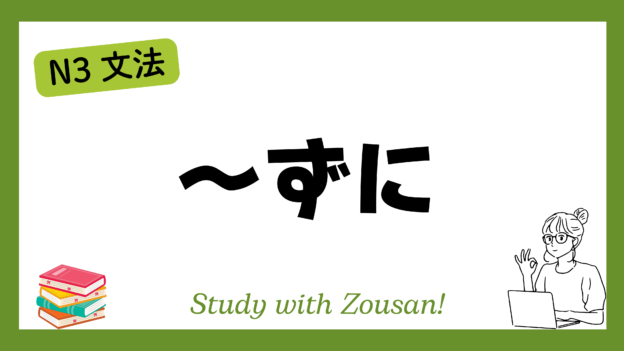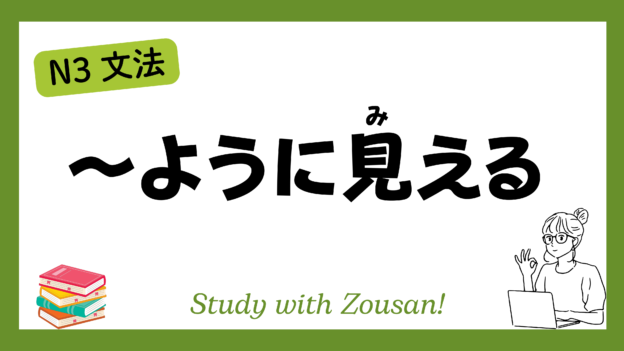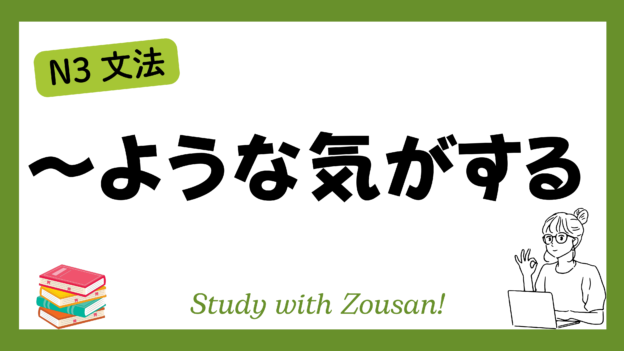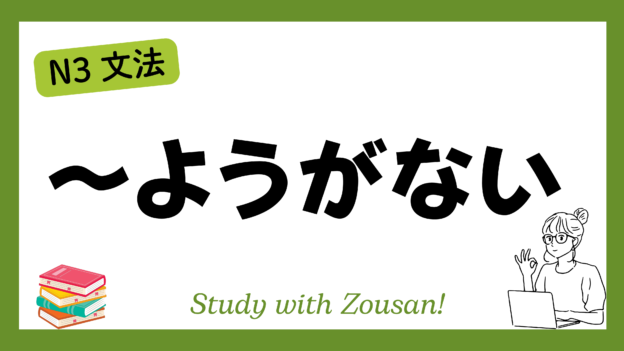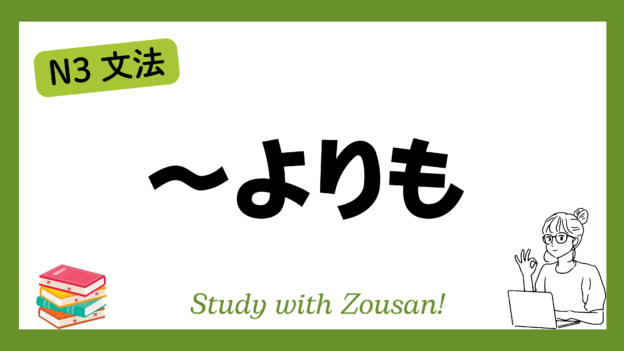Meaning: “As a result…” / “In the end…”
This structure is used to express the result or outcome of an event after performing an action or over a certain period of time. “~結果” typically follows a clause that describes an action, explaining what happened as a result.
※Note: “結果” usually appears after a clause describing an action or cause, showing what occurred after the completion of that event.
Structure:
| Verb (casual, past) | + 結果(けっか) |
| Noun + の | |
| その |
Example:
-
-
-
🌟 勉強を続けた結果、試験に合格しました。
(べんきょう を つづけた けっか、しけん に ごうかく しました)
As a result of continuing to study, I passed the exam. -
🌟 調査した結果、新しい事実が分かりました。
(ちょうさ した けっか、あたらしい じじつ が わかりました)
As a result of the investigation, new facts were discovered. -
🌟 努力の結果、仕事が見つかりました。
(どりょく の けっか、しごと が みつかりました)
As a result of my efforts, I found a job. -
🌟 話し合いの結果、問題が解決されました。
(はなしあい の けっか、もんだい が かいけつ されました)
As a result of the discussion, the issue was resolved. -
🌟 練習の結果、技術が向上しました。
(れんしゅう の けっか、ぎじゅつ が こうじょう しました)
As a result of practice, my skills improved. -
🌟 検査の結果、健康なことが分かりました。
(けんさ の けっか、けんこう な こと が わかりました)
As a result of the examination, I was found to be healthy. -
🌟 長い間努力した結果、目標を達成しました。
(ながい あいだ どりょく した けっか、もくひょう を たっせい しました)
After a long period of effort, I achieved my goal. -
🌟 旅行に行った結果、新しい友達ができました。
(りょこう に いった けっか、あたらしい ともだち が できました)
As a result of the trip, I made new friends. -
🌟 いろいろ試した結果、これが一番いい方法だと分かりました。
(いろいろ ためした けっか、これ が いちばん いい ほうほう だ と わかりました)
After trying various things, I found this to be the best method. -
🌟 新しい薬を使った結果、症状が改善されました。
(あたらしい くすり を つかった けっか、しょうじょう が かいぜん されました)
As a result of using the new medicine, the symptoms improved.
-
-


